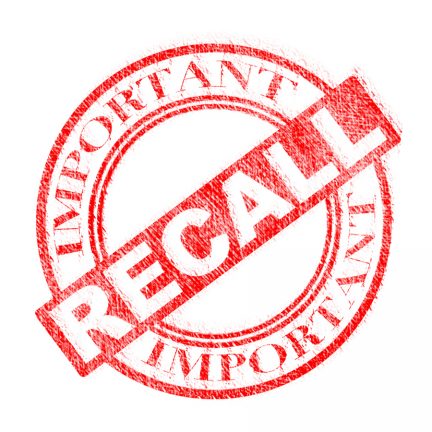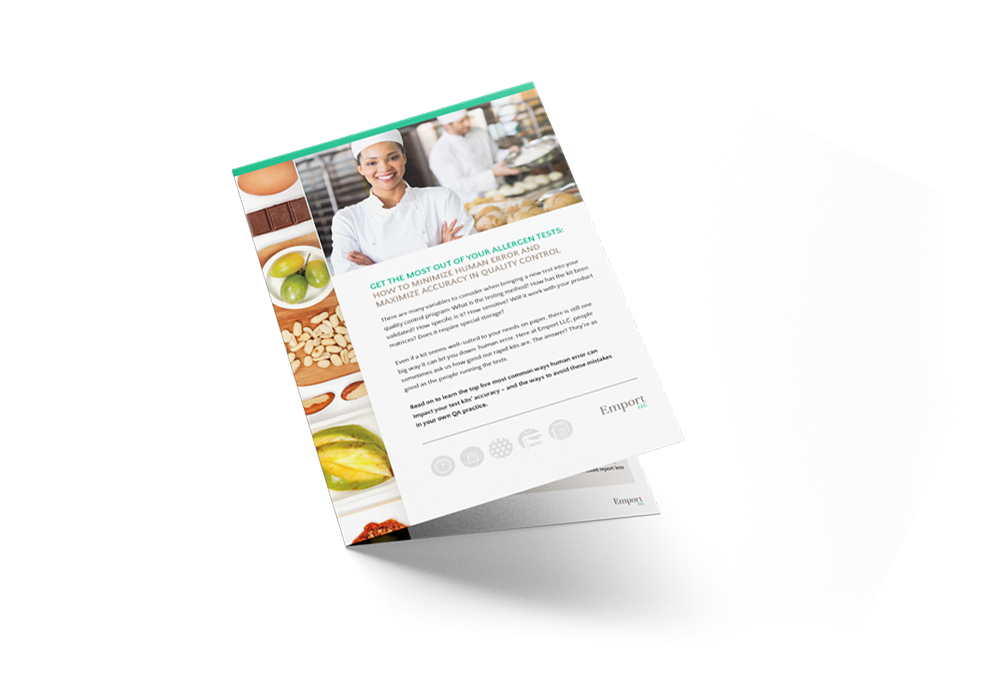Food recalls can have a serious, long-term impact on consumer confidence in your brand, beyond the specific recalled product.

In 2017, 218 food products posed health risks to unknowing consumers because allergenic ingredients were not properly displayed on product labels. According to Food Safety Magazine, this category dominates the recall arena.
The most common reasons for food recalls is allergen contamination, due to mislabelling, human error, or food fraud.
As manufacturers seek to remain competitively priced, QA professionals can be pressured to disregard the importance of frequent testing. Nearly everybody surveyed for the Lockton Food & Beverage Report agreed that continued price pressures would influence the final product on the retail shelves, through sourcing cheaper ingredients.
“This move towards cheaper raw ingredients could not only impact the taste of products for consumers, but put manufacturers at risk of product recall or food scandal, as inexpensive ingredients are often associated with poorer quality and lower safety standards.” – Lockton Food & Beverage Report
But the connection between compromising food safety standards and recall events is demonstrable. It’s worth the investment in testing and maintaining a hazard plan to mitigate the vulnerabilities in the supply chain.
It can happen to anyone.
Most food manufacturers will already have a hazard plan in place. So how is it possible to still face a recall? The answer is that no system is infallible. There are a lot of reasons that recalls can happen.
Download our White Paper: Get the Most Out of Allergen Testing
Consider the risks that you face carefully when you select and implement testing. Make sure the test is actually appropriate for the allergen you are testing for. Remember, the costs of a recall will far outweigh the investment in testing. Think of your hazard plan as another form of property insurance. No one on your staff intends harm to your or your business, but accidents do happen. Three common risks are:
A contaminant is found in one of your ingredients.
Your supplier has a recall due to an allergen contamination. This can happen for a number of reasons, including food fraud. Incoming ingredients should be spot-checked as part of your regular control plan. It is imperative to thoroughly vet your supplier.
Scheduling between lines was compromised.
Facilities that produce products that contain allergens alongside allergen-free products are especially vulnerable, and scheduling is definitely a critical point in the manufacturing process.
Product was mislabelled.
Human error accounts for a majority of recall incidents, especially in labeling.
A recall plan should be part of your control plan. But don’t wait for a crisis to present itself! Run some scenarios in your plant to test your recall plan. Make sure that all of the key personnel that are connected to the plan are involved, from production personnel to the marketing department.
Run several scenarios.
Critical control points (CCPs) can happen anywhere along your production line. However, the recall plan is a set of responses to a compromise of those control points. It’s helpful to your team to consider several scenarios when running a mock recall:
The recall takes place outside of normal operating hours.
Are all of your shifts aware of your protocols for implementing a recall plan? Are there key personnel that will need to be contacted no matter when the breach takes place?
The breach of the critical control point is discovered internally.
Does your team know how to determine whether or not the product will need to be recalled?
A recall of one of your ingredients from a supplier is announced.
Do you have traceability built into your hazard plan so that you can determine which products or lots were affected?
Whether the critical point of recall is discovered internally, or from an outside agency, you should evaluate the situation, gather evidence, and decide the breadth of the recall. If the decision is made to recall product, your next steps will follow these general processes:
Make assignments from emergency checklists
Decide who is responsible for each step of the process, and where in the checklist their participation is required.
Gather supporting data and analyze
Refer to your hazard plan and gather documentation for testing history at the various critical control points on your line. If it is indicated, contact your suppliers.
Given your findings, can your determine whether or not the contamination is due to human error? If you have determined that is indeed the case the case, then you have discovered a hazard point that you will need to adjust your plan to. But adulteration for profit does take place. If you have determined that this is the case, then by all means contact law enforcement!
Get word out!
Here’s where your marketing department steps in to play a crucial role. You want to get the word out as quickly as possible; it might be helpful to have press release templates already in place. It’s also important to have a contact list for law enforcement, government agencies, and other organizations that track food recalls on hand and updated.
It’s closing the door after the fact, but a recall can help you find risks that were overlooked. It’s not enough to look for patterns of potential contaminant risks but also to look for future holes in the security net. A good practice is to review potential risks annually, weighing your current plan against new information that becomes available through technological advances, and resources that track contamination internationally.
Resources
- University of Florida, Institute of Food and Agricultural Sciences (IFAS) has published a substantial Food Recall manual.
- FARRP
- FDA’s Guidance for Industry: Product Recalls


